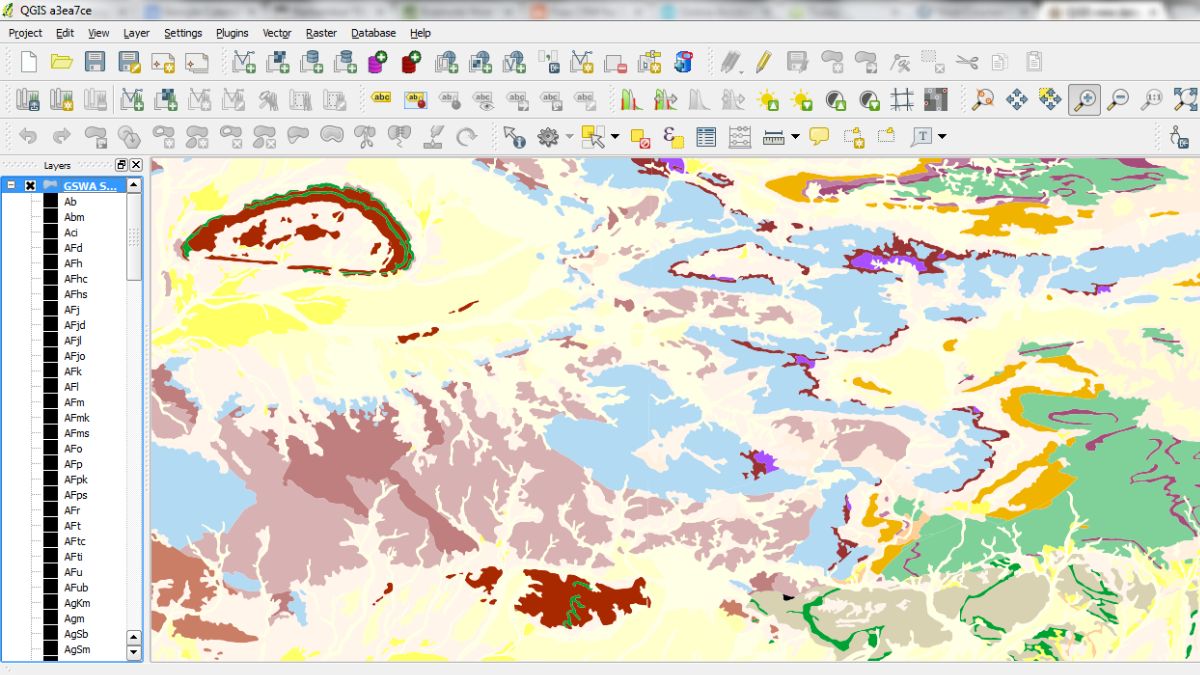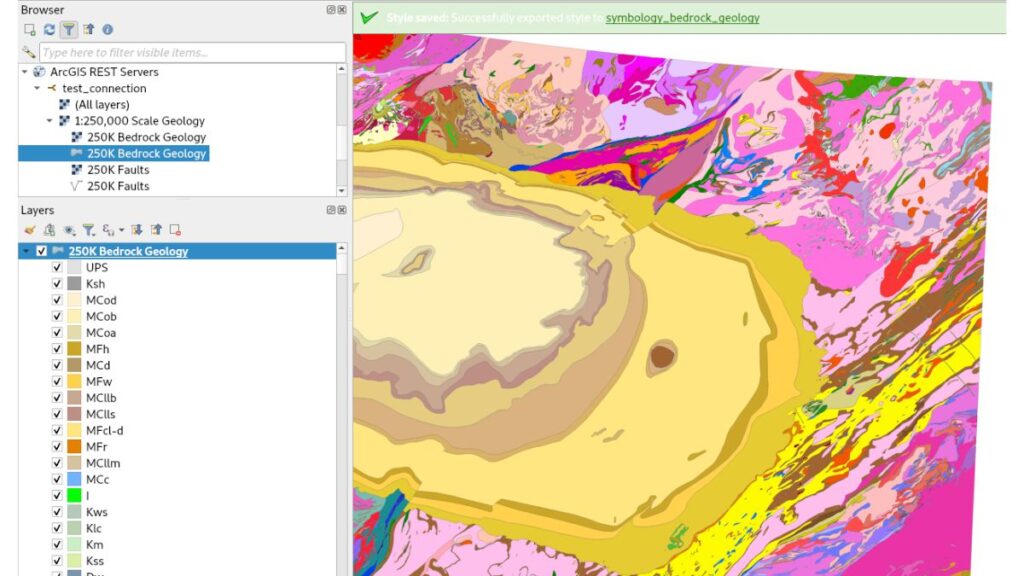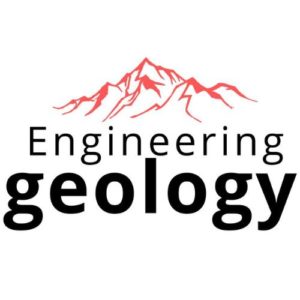GIS in Geology

Geographic Information Systems (GIS) in geology have revolutionized the way scientists explore, analyze, and interpret our planet’s vast and complex features. From mapping intricate tectonic plate boundaries to predicting natural hazards and resource distributions, GIS technology enables geologists to dive deeper into Earth’s secrets with unprecedented precision. This synergy of advanced spatial analysis and geology has not only enhanced research accuracy but also reshaped industries reliant on geological insights, such as mining, environmental management, and urban planning.
What Is GIS and Why Is It Important in Geology?
Geographic Information Systems (GIS) refer to a framework for capturing, managing, analyzing, and visualizing spatial and geographic data. By combining hardware, software, and geospatial data, GIS allows geologists to create detailed maps and conduct spatial analyses to uncover patterns and relationships that are not readily visible otherwise.
In geology, GIS serves as a pivotal tool for:
- Mapping Geological Structures: Visualizing formations such as faults, folds, and rock strata.
- Resource Exploration: Identifying potential areas for mineral deposits, oil, and gas.
- Environmental Monitoring: Assessing changes in landforms, water bodies, and ecosystems.
- Natural Hazard Assessment: Predicting earthquakes, landslides, and volcanic activities.
- Sustainable Urban Development: Analyzing geological stability for construction projects.
GIS Applications in Geological Mapping
Geological mapping is one of the core applications of GIS in geology. With the ability to layer multiple datasets—such as topography, lithology, and hydrology—GIS creates a comprehensive picture of the Earth’s subsurface.
Example: Mapping Tectonic Plates
Geologists utilize GIS to map tectonic plate boundaries and monitor their movements over time. By overlaying seismic data, historical earthquake locations, and fault line maps, GIS helps identify areas of high tectonic activity. Such insights are invaluable for disaster preparedness and mitigation efforts.
Example: Mineral Exploration
Mining companies heavily rely on GIS for mineral prospecting. By integrating data from geophysical surveys, satellite imagery, and field observations, GIS pinpoints regions with high mineralization potential, significantly reducing the cost and time of exploration.

Real-World Case Studies of GIS in Geology
Case Study 1: Landslide Hazard Mapping
In regions prone to landslides, GIS is used to create hazard maps by analyzing slope steepness, soil composition, vegetation cover, and rainfall patterns. For instance, a study in the Himalayas utilized GIS to predict high-risk zones, enabling authorities to implement preventative measures.
Case Study 2: Groundwater Resource Management
Hydrogeologists employ GIS to assess groundwater potential by combining datasets on aquifer characteristics, recharge rates, and land use. In arid regions, GIS-based groundwater models have been instrumental in managing water resources sustainably.
Advances in GIS Technology and Their Impact on Geology
The continuous evolution of GIS technology has further expanded its capabilities in geology. Key advancements include:
Remote Sensing Integration
The integration of remote sensing data from satellites and drones provides high-resolution imagery and multispectral analysis. This allows geologists to detect subtle changes in landforms, vegetation, and soil conditions, which are critical for environmental and mineral exploration studies.
3D Geological Modeling
Modern GIS tools enable the creation of 3D geological models that offer a more detailed understanding of subsurface conditions. These models are particularly beneficial for engineering geology, where understanding soil and rock stability is crucial for infrastructure projects.
Machine Learning and AI in GIS
By incorporating machine learning algorithms, GIS can now analyze vast datasets to identify patterns and make predictions. For example, AI-powered GIS applications can predict the likelihood of earthquakes or identify new mineral deposits with remarkable accuracy.
The Role of GIS in Sustainable Development
Geology and sustainability are deeply interconnected, and GIS serves as a bridge to address environmental challenges. Here are some notable contributions:
Climate Change Impact Assessment
GIS is used to model the impact of climate change on geological features, such as glacier retreat, sea-level rise, and coastal erosion. These models inform mitigation strategies to protect vulnerable regions.
Land Use Planning
Urban planners use GIS to evaluate geological risks before approving development projects. By analyzing soil stability, flood zones, and fault lines, GIS ensures construction activities are environmentally and geologically safe.
Renewable Energy Exploration
GIS aids in identifying suitable locations for renewable energy projects, such as geothermal and wind energy. By integrating geological and climatic data, GIS helps optimize site selection to maximize efficiency and minimize environmental impact.
Challenges in Implementing GIS in Geology
Despite its immense potential, the application of GIS in geology faces several challenges:
- Data Accuracy and Availability: High-quality geospatial data is often expensive and limited in certain regions.
- Technical Expertise: GIS tools require specialized knowledge, which can be a barrier for smaller organizations.
- Software Costs: While open-source options exist, many advanced GIS software solutions are costly.
- Integration Issues: Combining datasets from various sources can be challenging due to differences in formats and resolutions.
The Future of GIS in Geology
The future of GIS in geology is bright, driven by technological advancements and growing demand for geospatial insights. Some emerging trends include:
- Big Data Analytics: Leveraging large datasets from IoT devices, social media, and satellite networks for geological applications.
- Real-Time GIS: Monitoring geological events, such as earthquakes and volcanic eruptions, in real time to enhance disaster response.
- Augmented Reality (AR) Applications: Visualizing geological data through AR for educational and professional purposes.
Conclusion
Geographic Information Systems (GIS) in geology have transformed the way we understand and interact with the Earth’s dynamic systems. From facilitating resource exploration to mitigating natural disasters and promoting sustainable development, GIS has become an indispensable tool in modern geology. As technology continues to evolve, the integration of GIS with emerging fields like AI and remote sensing promises even greater possibilities for unraveling the complexities of our planet.
